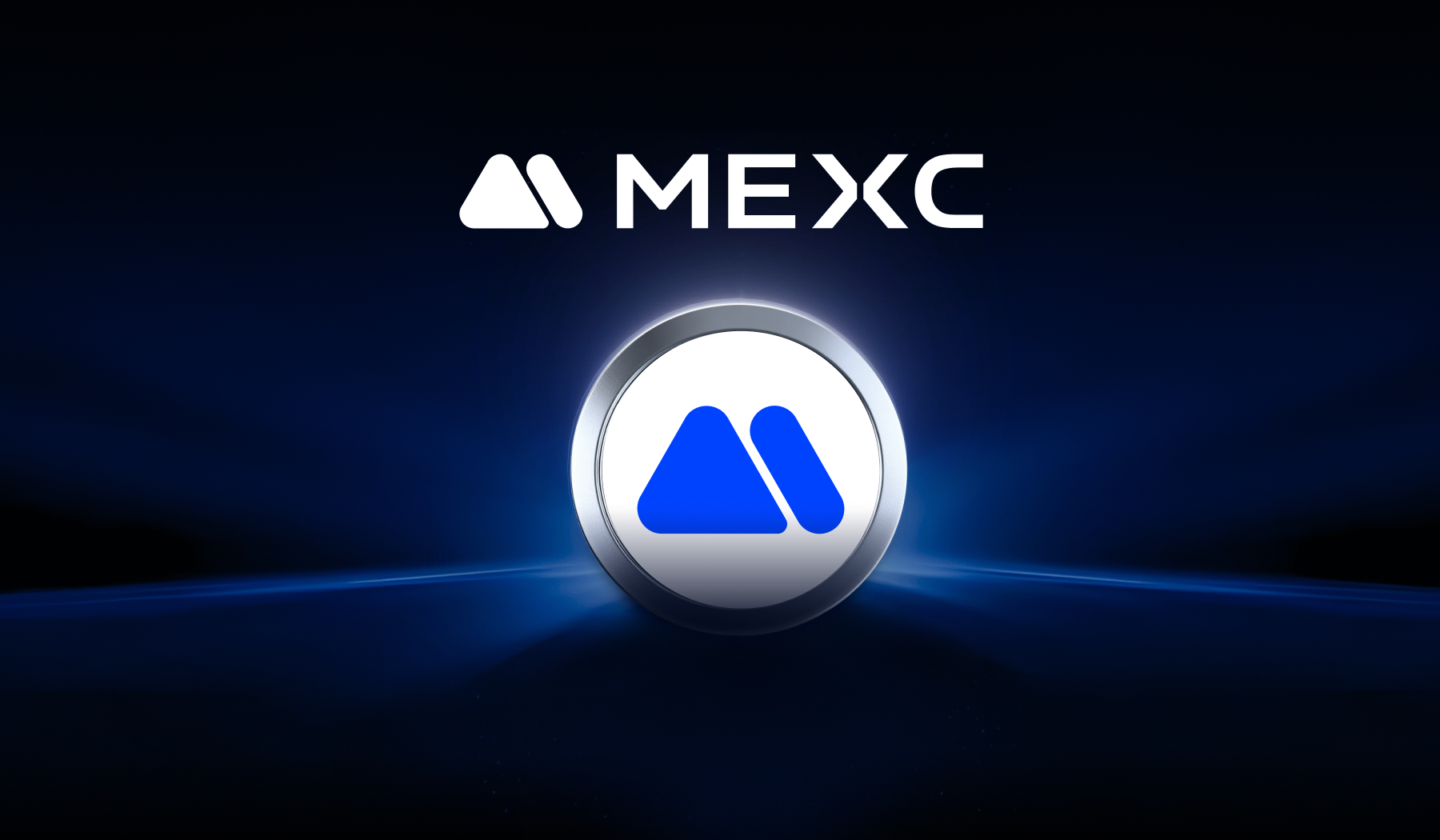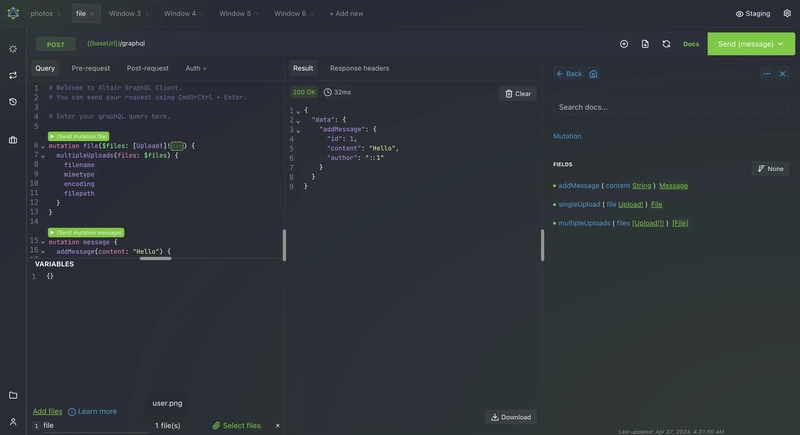Why Businesses Need to Migrate to a New ERP System
Switching to a new ERP system is a big step for any business. It helps you move away from slow, outdated tools and shift to a faster, smarter way of working. A good ERP migration can improve how your business runs every day—from managing data to automating tasks. But moving to a new system isn’t always easy. ERP system migration needs careful planning to avoid problems like data loss or downtime. It’s not just about changing software—it’s about making your business better and more efficient. In this blog, we’ll explain how to migrate to a new ERP system step by step. You’ll learn what to do, what to avoid, and how to make your ERP implementation a success. Whether you’re planning an ERP upgrade or switching from a legacy system, this guide will help you start strong. Why Businesses Need to Migrate to a New ERP System Many businesses still rely on old or outdated ERP systems that can’t keep up with today’s fast-moving world. These legacy systems often slow down operations, lack modern features, and are hard to update or customize. As your business grows, your ERP system should grow with you. Modern ERP solutions offer advanced tools like automation, cloud access, real-time data, and better integration with other software. By starting a proper ERP migration, businesses can boost productivity, make smarter decisions, and stay competitive in the market. Here are some key reasons to consider a new ERP system migration: Your current system is outdated or no longer supported. You want to move to a cloud-based ERP for better flexibility. Your team spends too much time on manual tasks. You need better reporting and real-time data access. Your ERP doesn't connect well with other tools or platforms. You’re planning for business expansion and need scalable software. Migrating to a new ERP system is not just a tech upgrade—it’s a smart business move that supports long-term growth and efficiency. Challenges of ERP Migration While ERP migration brings many benefits, it also comes with challenges that can affect your timeline, budget, and overall success. Understanding these challenges early helps you plan better and avoid costly mistakes. Here are some common issues businesses face during an ERP system migration: 1. Complex Data Migration Moving data from your old system to the new one isn’t just copy-paste. You need to clean, format, and validate the data so that it works correctly in the new ERP. Poor data quality can cause serious problems later. 2. Business Disruption Without proper planning, the migration process can interrupt daily operations. If the go-live isn’t smooth, you may face downtime, customer service issues, or delays in orders. 3. User Resistance Employees may be comfortable with the old system and resist learning a new one. Without proper training and support, user adoption can be slow, which impacts overall efficiency. 4. Integration Difficulties Your ERP system needs to work well with other tools like CRM, accounting, or inventory systems. Poor integration planning can cause system errors and slow performance. 5. Lack of Clear Strategy Starting an ERP implementation without a detailed plan can lead to confusion, missed deadlines, and extra costs. A clear roadmap is essential for success. Step-by-Step Guide to ERP Migration Success Migrating to a new ERP system can seem overwhelming, but with the right approach, you can make the process smoother and more efficient. Follow these key steps for a successful ERP system migration: 1. Define Clear Objectives and KPIs Start by identifying why you’re migrating to a new ERP system. What problems do you want to solve? Set clear goals like improving efficiency, enhancing reporting, or supporting business growth. Measure success by tracking key performance indicators (KPIs) such as time saved, cost reduction, and employee satisfaction. 2. Choose the Right ERP Software and Vendor Not all ERP systems are the same. Make sure the ERP solution you choose fits your industry and business needs. Look for features that align with your objectives, such as cloud support, real-time analytics, or automation capabilities. Research vendors thoroughly and select one with strong customer support and a proven track record. 3. Conduct a Thorough System and Data Audit Before migrating, assess your current system. Identify which data is relevant and should be moved, and which data can be archived or discarded. Cleaning and organizing data will ensure it’s ready for the new ERP system. 4. Prepare a Detailed Migration Plan Create a comprehensive migration plan with a clear timeline and milestones. This plan should outline key steps, resources needed, and responsibilities. Make sure to factor in downtime and provide room for testing. 5. Clean and Migrate Data Carefully Once you’ve prepared your data, begin the migration process. Clean data before it’s uploaded into the new system to avoid errors. Test the migration process
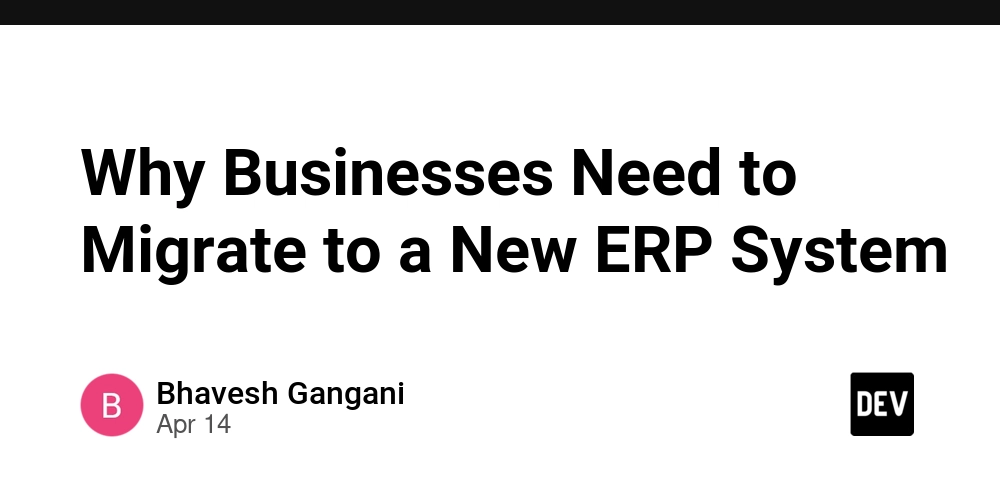
Switching to a new ERP system is a big step for any business. It helps you move away from slow, outdated tools and shift to a faster, smarter way of working. A good ERP migration can improve how your business runs every day—from managing data to automating tasks.
But moving to a new system isn’t always easy. ERP system migration needs careful planning to avoid problems like data loss or downtime. It’s not just about changing software—it’s about making your business better and more efficient.
In this blog, we’ll explain how to migrate to a new ERP system step by step. You’ll learn what to do, what to avoid, and how to make your ERP implementation a success. Whether you’re planning an ERP upgrade or switching from a legacy system, this guide will help you start strong.
Why Businesses Need to Migrate to a New ERP System
Many businesses still rely on old or outdated ERP systems that can’t keep up with today’s fast-moving world. These legacy systems often slow down operations, lack modern features, and are hard to update or customize. As your business grows, your ERP system should grow with you.
Modern ERP solutions offer advanced tools like automation, cloud access, real-time data, and better integration with other software. By starting a proper ERP migration, businesses can boost productivity, make smarter decisions, and stay competitive in the market.
Here are some key reasons to consider a new ERP system migration:
- Your current system is outdated or no longer supported.
- You want to move to a cloud-based ERP for better flexibility.
- Your team spends too much time on manual tasks.
- You need better reporting and real-time data access.
- Your ERP doesn't connect well with other tools or platforms.
- You’re planning for business expansion and need scalable software.
Migrating to a new ERP system is not just a tech upgrade—it’s a smart business move that supports long-term growth and efficiency.
Challenges of ERP Migration
While ERP migration brings many benefits, it also comes with challenges that can affect your timeline, budget, and overall success. Understanding these challenges early helps you plan better and avoid costly mistakes.
Here are some common issues businesses face during an ERP system migration:
1. Complex Data Migration
Moving data from your old system to the new one isn’t just copy-paste. You need to clean, format, and validate the data so that it works correctly in the new ERP. Poor data quality can cause serious problems later.
2. Business Disruption
Without proper planning, the migration process can interrupt daily operations. If the go-live isn’t smooth, you may face downtime, customer service issues, or delays in orders.
3. User Resistance
Employees may be comfortable with the old system and resist learning a new one. Without proper training and support, user adoption can be slow, which impacts overall efficiency.
4. Integration Difficulties
Your ERP system needs to work well with other tools like CRM, accounting, or inventory systems. Poor integration planning can cause system errors and slow performance.
5. Lack of Clear Strategy
Starting an ERP implementation without a detailed plan can lead to confusion, missed deadlines, and extra costs. A clear roadmap is essential for success.
Step-by-Step Guide to ERP Migration Success
Migrating to a new ERP system can seem overwhelming, but with the right approach, you can make the process smoother and more efficient. Follow these key steps for a successful ERP system migration:
1. Define Clear Objectives and KPIs
Start by identifying why you’re migrating to a new ERP system. What problems do you want to solve? Set clear goals like improving efficiency, enhancing reporting, or supporting business growth. Measure success by tracking key performance indicators (KPIs) such as time saved, cost reduction, and employee satisfaction.
2. Choose the Right ERP Software and Vendor
Not all ERP systems are the same. Make sure the ERP solution you choose fits your industry and business needs. Look for features that align with your objectives, such as cloud support, real-time analytics, or automation capabilities. Research vendors thoroughly and select one with strong customer support and a proven track record.
3. Conduct a Thorough System and Data Audit
Before migrating, assess your current system. Identify which data is relevant and should be moved, and which data can be archived or discarded. Cleaning and organizing data will ensure it’s ready for the new ERP system.
4. Prepare a Detailed Migration Plan
Create a comprehensive migration plan with a clear timeline and milestones. This plan should outline key steps, resources needed, and responsibilities. Make sure to factor in downtime and provide room for testing.
5. Clean and Migrate Data Carefully
Once you’ve prepared your data, begin the migration process. Clean data before it’s uploaded into the new system to avoid errors. Test the migration process in stages to catch any issues early on.
6. Test the New ERP System Extensively
Testing is essential to ensure the new system works as expected. Perform unit tests, integration tests, and user acceptance tests (UAT) to identify and resolve any bugs or issues before going live.
7. Train Employees and Ensure Adoption
One of the biggest challenges in ERP system migration is getting employees to adopt the new system. Offer comprehensive training and create user manuals to help staff transition smoothly. Encourage feedback and be open to making adjustments based on user experience.
8. Go Live and Monitor Performance
Once everything is in place, it’s time to go live. Ensure that support is available for troubleshooting issues. Monitor system performance closely during the initial phase and address any issues immediately to minimize disruption.
Conclusion
Migrating to a new ERP system is a major decision that can significantly improve your business operations, but it requires careful planning and execution. By following a clear strategy, choosing the right software, cleaning your data, and ensuring proper training, you can avoid common pitfalls and ensure a smooth transition.
Remember, ERP migration is not just a one-time project but a journey toward greater efficiency and business growth. Once the new system is live, continuous monitoring and support will help you get the most out of your ERP system for years to come.
With the right preparation and a focused approach, your ERP system migration can be a success, leading to better performance, stronger decision-making, and a more competitive business.











































































































































































![[The AI Show Episode 144]: ChatGPT’s New Memory, Shopify CEO’s Leaked “AI First” Memo, Google Cloud Next Releases, o3 and o4-mini Coming Soon & Llama 4’s Rocky Launch](https://www.marketingaiinstitute.com/hubfs/ep%20144%20cover.png)















































































































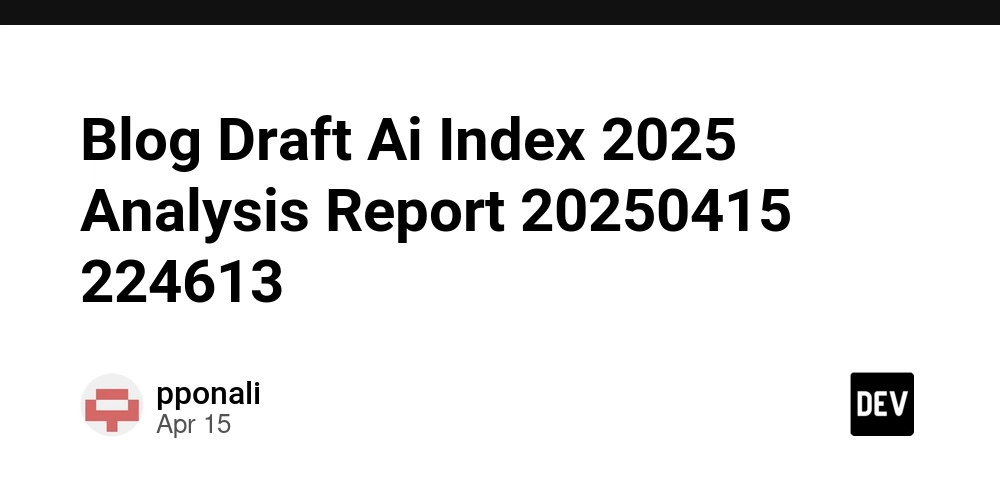

























































































































.png?#)







-Baldur’s-Gate-3-The-Final-Patch---An-Animated-Short-00-03-43.png?width=1920&height=1920&fit=bounds&quality=70&format=jpg&auto=webp#)
























_Aleksey_Funtap_Alamy.jpg?width=1280&auto=webp&quality=80&disable=upscale#)




















































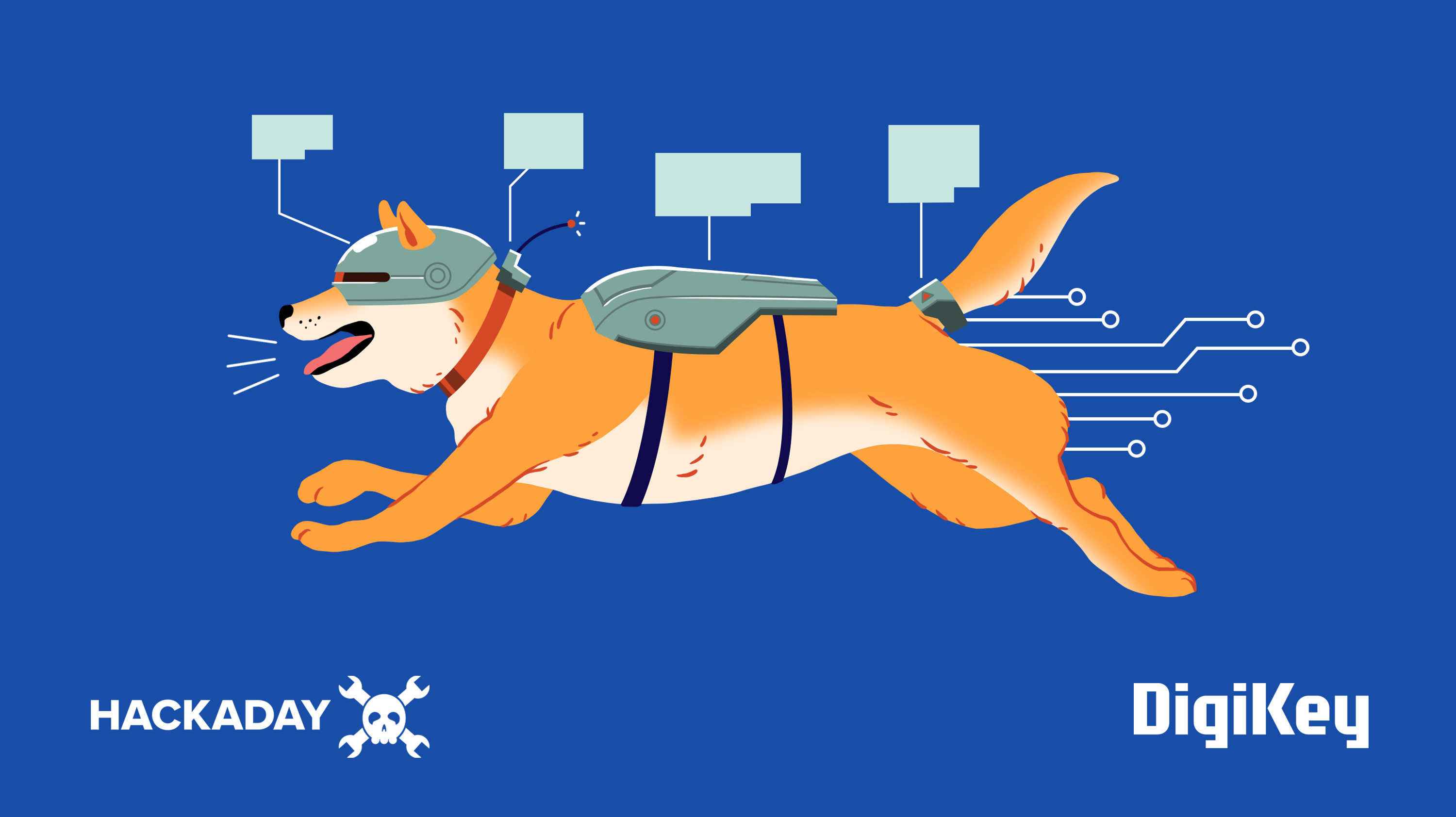























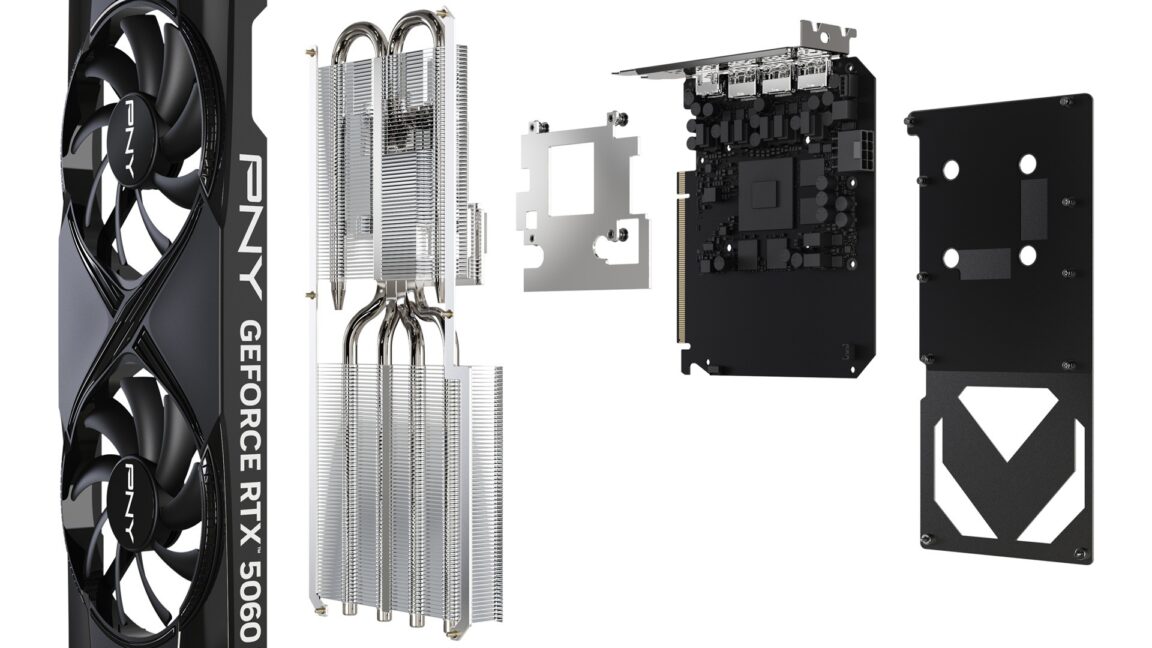
















![‘Samsung Auto’ is an Android Auto alternative for Galaxy phones you can’t use [Gallery]](https://i0.wp.com/9to5google.com/wp-content/uploads/sites/4/2025/04/samsung-auto-12.jpg?resize=1200%2C628&quality=82&strip=all&ssl=1)











![Apple Releases Public Betas of iOS 18.5, iPadOS 18.5, macOS Sequoia 15.5 [Download]](https://www.iclarified.com/images/news/97024/97024/97024-640.jpg)
![Apple to Launch In-Store Recycling Promotion Tomorrow, Up to $20 Off Accessories [Gurman]](https://www.iclarified.com/images/news/97023/97023/97023-640.jpg)
![Apple Taps Samsung as Exclusive OLED Supplier for Foldable iPhone [Report]](https://www.iclarified.com/images/news/97020/97020/97020-640.jpg)




















































































































